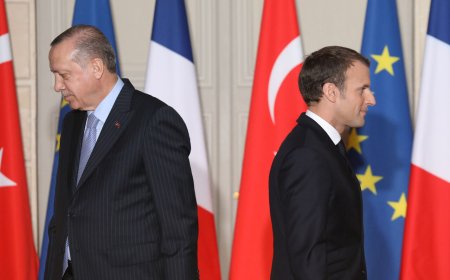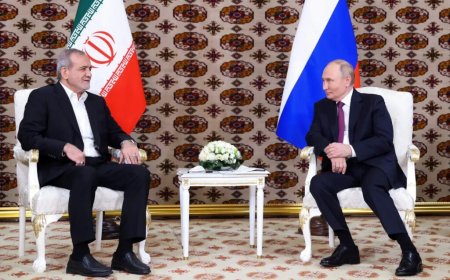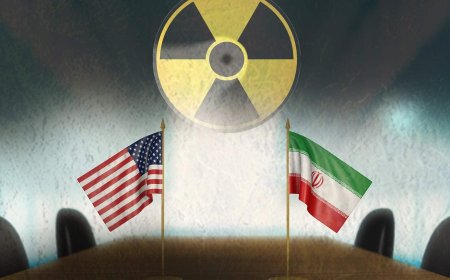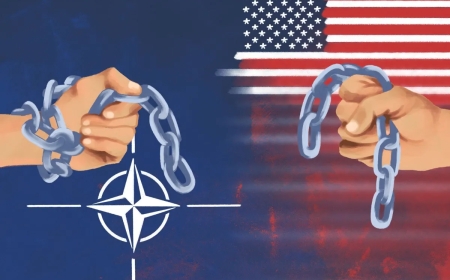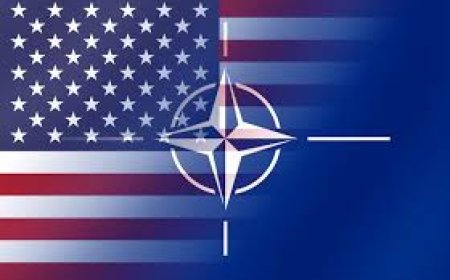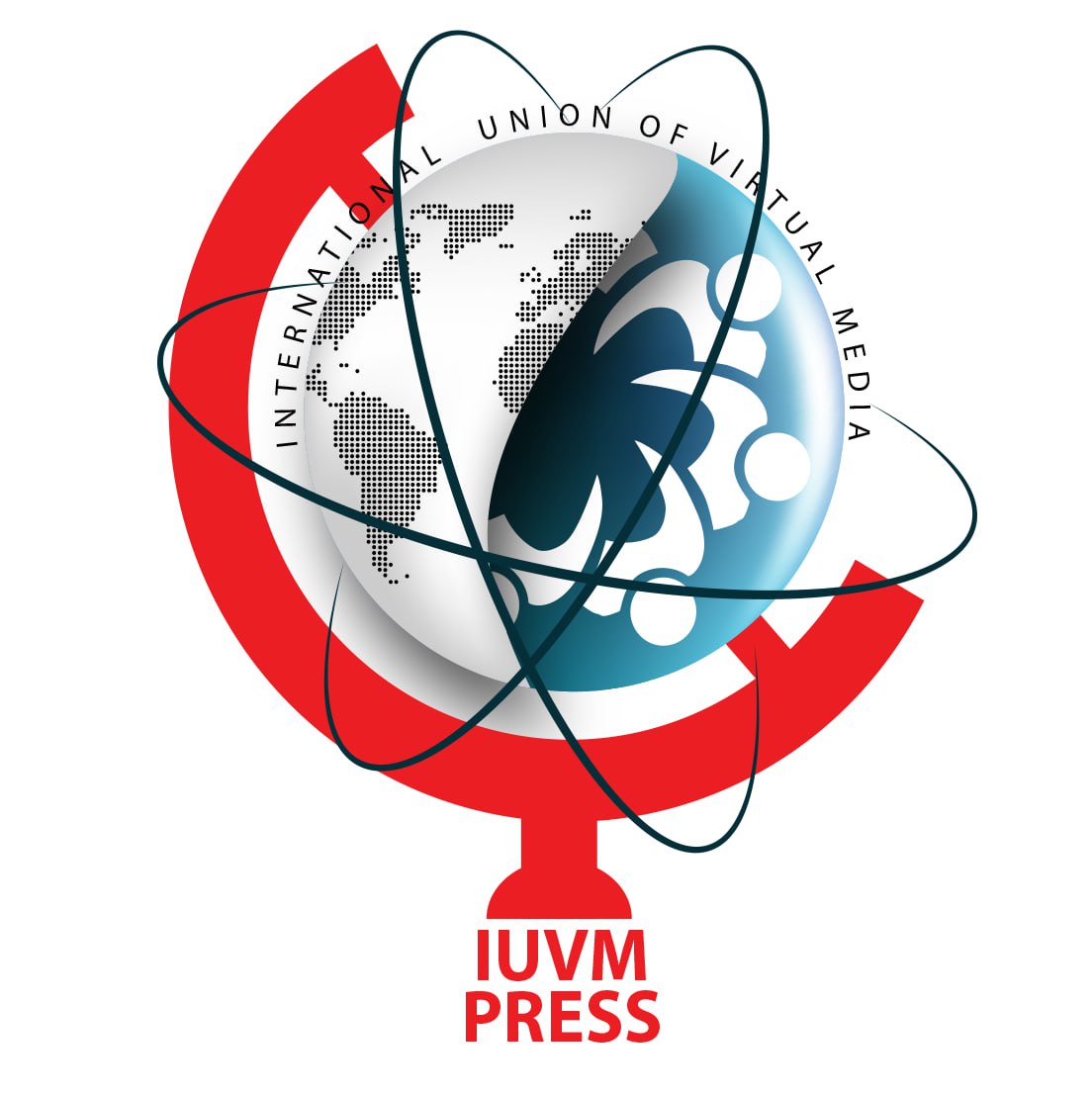Europe’s Strategic Subservience: The Perils of Military Dependence on the United States
For decades, Europe’s security architecture has been inextricably tethered to the United States—a relationship that has entrenched a staggering degree of military dependency. This reliance transcends mere arms procurement, permeating technological, industrial, and strategic dimensions of European defense. Yet in an era marked by the resurgence of continental threats and growing doubts about America’s long-term commitment to European security, the scale and implications of this dependency demand urgent, unflinching scrutiny.
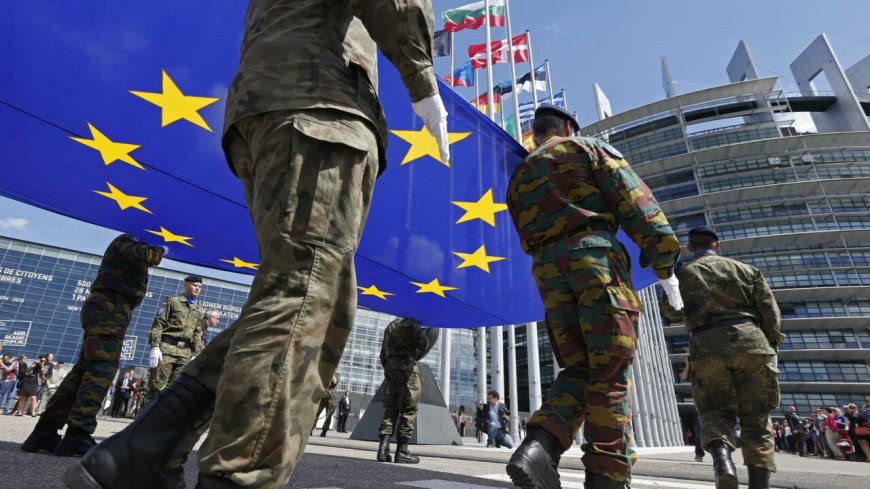
For decades, Europe’s security architecture has been inextricably tethered to the United States—a relationship that has entrenched a staggering degree of military dependency. This reliance transcends mere arms procurement, permeating technological, industrial, and strategic dimensions of European defense. Yet in an era marked by the resurgence of continental threats and growing doubts about America’s long-term commitment to European security, the scale and implications of this dependency demand urgent, unflinching scrutiny.
The Anatomy of Dependence: A Surge in Arms Imports
Europe’s military reliance on American weaponry has surged to unprecedented levels. Between 2020 and 2024, arms import by European NATO members more than doubled compared to the preceding five-year period—a staggering 105% increase. The United States accounted for 64% of these imports during this window, up from 52% between 2015 and 2019. Such figures underscore Washington’s tightening grip on Europe’s defense ecosystem. For the first time in two decades, Europe has emerged as the primary destination for U.S. arms exports, absorbing 35% of America’s global military sales.
By 2024, European NATO states had amassed colossal pending orders from the U.S., including nearly 500 advanced fighter jets and 150 attack helicopters, supplementing the 150 fighter jets and 60 attack helicopters already delivered in the prior five years. Britain, the Netherlands, and Norway stand out as leading purchasers, with dependency on advanced U.S. systems—particularly combat aircraft—reaching alarming heights. While European nations retain some autonomy in procuring naval vessels and ground equipment from regional suppliers, exceptions like Central European NATO members—which prioritize U.S. hardware to cement security ties—reveal the pervasive reach of American influence.
Historical Roots: From Cold War Competence to Complacency
The origins of this dependency lie in the historical trajectory of Europe’s defense industries. During the Cold War, European states invested heavily in indigenous military capabilities. However, the post-bipolar era and subsequent economic integration saw national defense sectors increasingly deemphasize self-reliance. U.S. technology became a politically expedient and cost-effective crutch. While Europe retains significant industrial capacity, its focus has shifted toward commercial applications at the expense of cutting-edge military research and development. This divergence has left Europe lagging in advanced weapons production, a stark contrast to America’s relentless innovation.
Compounding this inertia, European defense budgets remain fractured between modernizing outdated systems and meeting NATO obligations. Only a fraction of these funds are allocated to developing sovereign advanced weaponry—a self-defeating cycle that perpetuates reliance on external suppliers.
The American Stranglehold: Policy, Technology, and Strategic Subordination
U.S. policies exert profound influence over Europe’s defense autonomy. American export controls, technology-sharing agreements, and arms regulations directly constrain Europe’s capacity for self-sufficiency. Restrictive measures on transferring critical components, for instance, have repeatedly stifled European alternatives to U.S. systems. This dynamic is exacerbated by the dominance of American defense contractors in global innovation, particularly in fields like aerospace and cybersecurity.
Moreover, abrupt shifts in U.S. strategic priorities—driven by budgetary constraints, political leadership changes, or evolving threat perceptions—can leave European allies scrambling to adapt. Europe’s defense planning has become a reactive exercise, perpetually realigning with Washington’s whims at the cost of long-term strategic sovereignty.
The Illusion of Autonomy: A Continent Held Hostage
The consequences of this imbalance are stark: Europe’s aspiration for military self-reliance remains a mirage. Despite initiatives to bolster domestic production through joint ventures and increased defense spending, structural barriers persist. Fragmented national policies, limited markets for high-end systems, and the prohibitive costs of military R&D have stifled progress.
Europe’s dependency is not merely a matter of logistics; it is a geopolitical vulnerability. By anchoring itself to U.S. technology and policy, Europe has surrendered strategic agency, rendering itself a tool in America’s broader hegemonic calculus.
Conclusion: Toward Emancipation
Breaking free from this entrenched dependency demands a radical reimagining of Europe’s defense paradigm. Coordinated investment in R&D, consolidation of defense markets, and a unified industrial strategy are imperative. While recent efforts like the European Defence Fund and Permanent Structured Cooperation (PESCO) signal intent, they remain insufficient against decades of systemic neglect.
The road to autonomy will be arduous, requiring political courage, sustained funding, and a rejection of complacency. Yet the alternative—perpetual subordination to American interests—is a far graver prospect. Europe must confront an uncomfortable truth: true sovereignty cannot be leased from a foreign power.
In the end, the continent faces a choice—continue as a client state in Washington’s empire or reclaim its destiny through unity, innovation, and resolve. The stakes for European security, and its global standing, could not be higher.
By: A. Mahdavi

